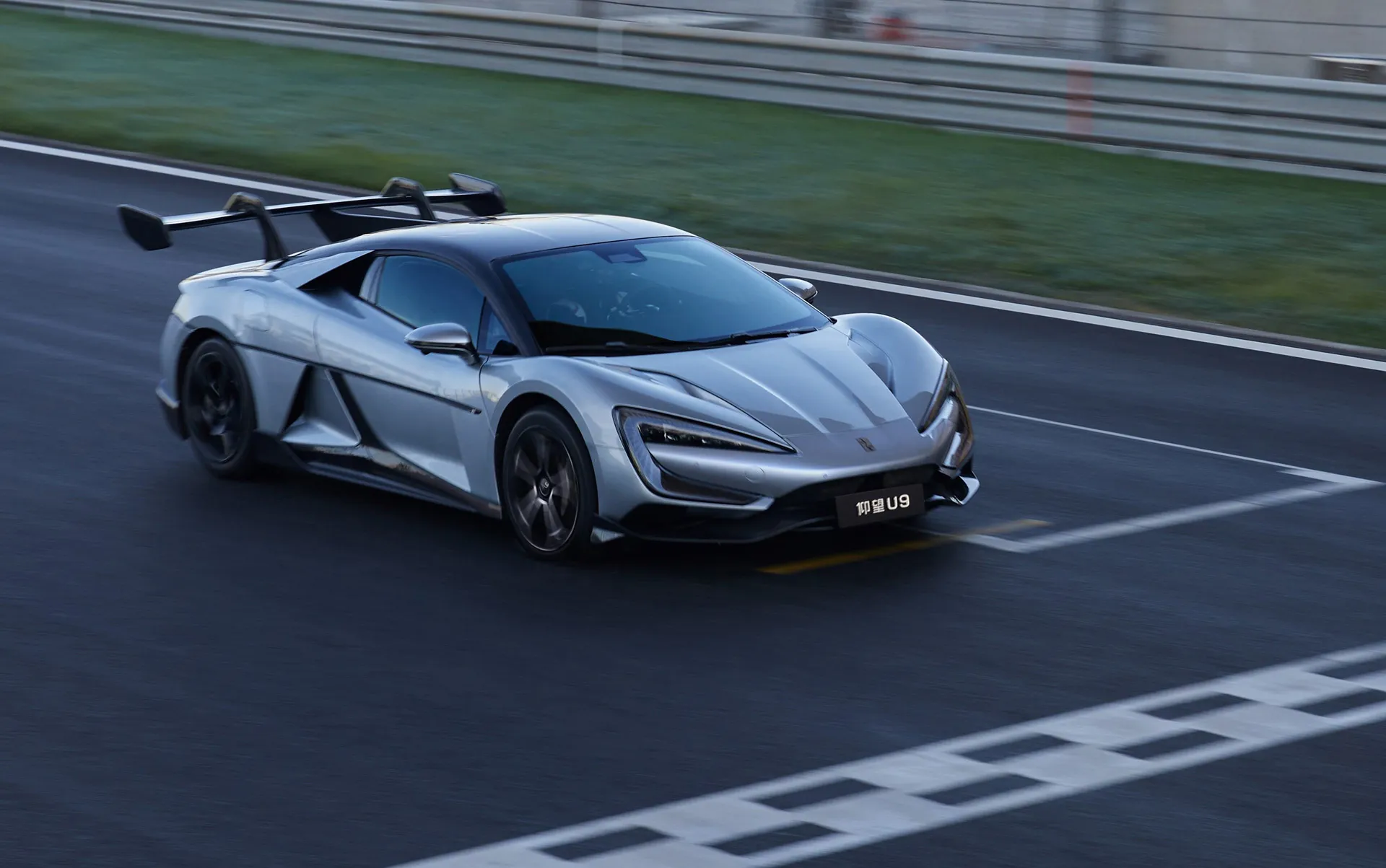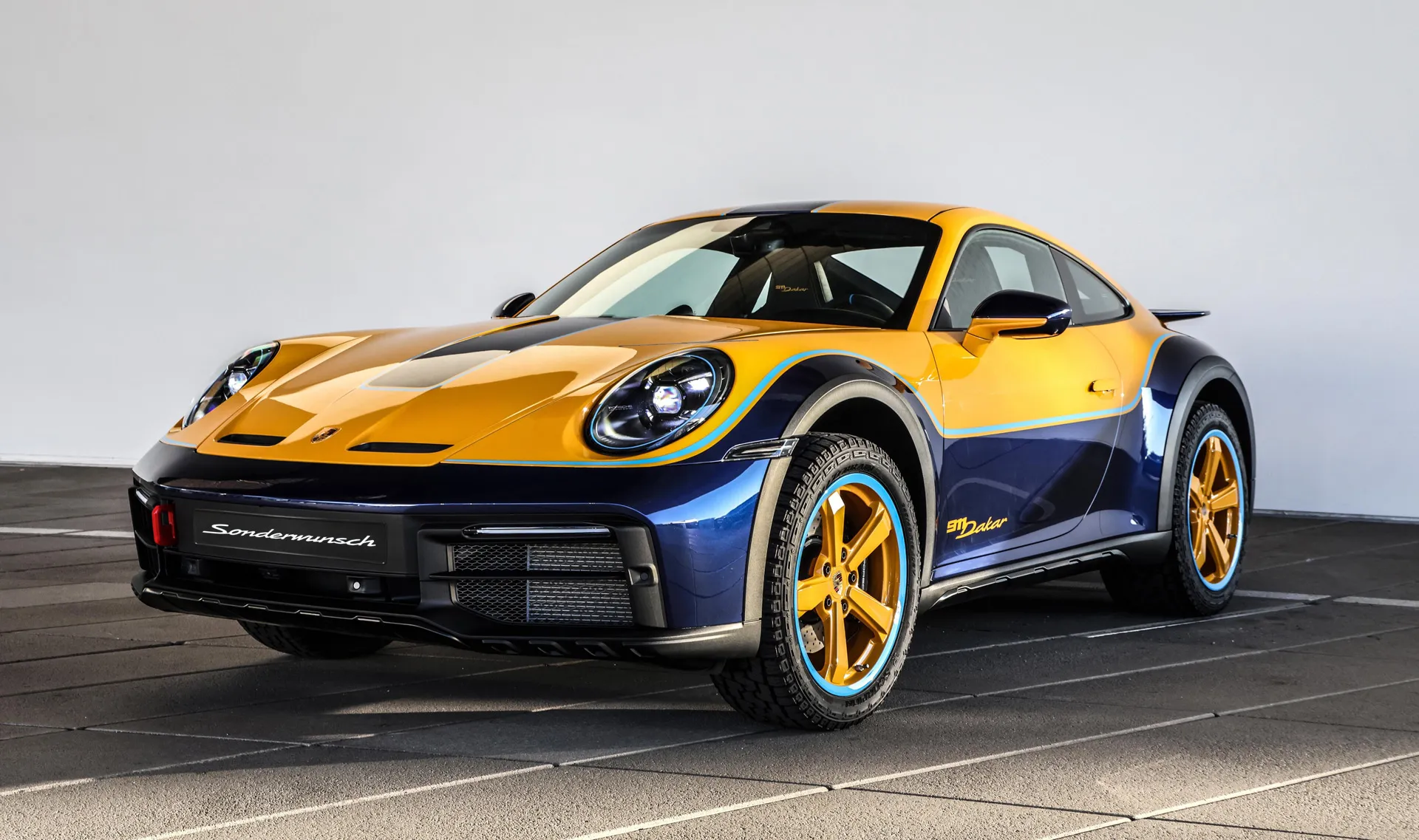Ford patents a system to control cars with the brain.

Ford has filed a patent application with the U.S. Patent and Trademark Office (USPTO) for what it calls a "brain-machine interface" that can predict steering, accelerator, and brake inputs.
The application, first discovered by Motor1, describes how brain wave activity can be monitored to predict when a driver is about to make a control input. By looking for brain waves that indicate impending muscle movement, the system can predict, for example, that the driver is about to turn the steering wheel.
This information is then sent to the car's driver assistance system, which makes adjustments accordingly. As far as we know, the car does not take over the driving; it merely complements what the human driver is already doing.
The brain-machine interface will be connected to sensors and vehicle control units that most new cars already use for driver assistance. The application also describes a sensor-equipped hat worn by the driver to monitor brain activity. This seems a bit impractical.
Nevertheless, it is unclear whether such technology will be incorporated into production vehicles. Automakers often patent ideas that they do not specifically plan to use as a way to protect their intellectual property. Ford has been busy filing patent applications recently. It recently applied for technology to trisect the tailgate of a pickup truck and an electric clutch for manual transmission vehicles.
Perhaps brain-machine interfaces will help enhance driver assistance systems such as Ford's Blue Cruise and help bring technological responses in line with driver expectations.


